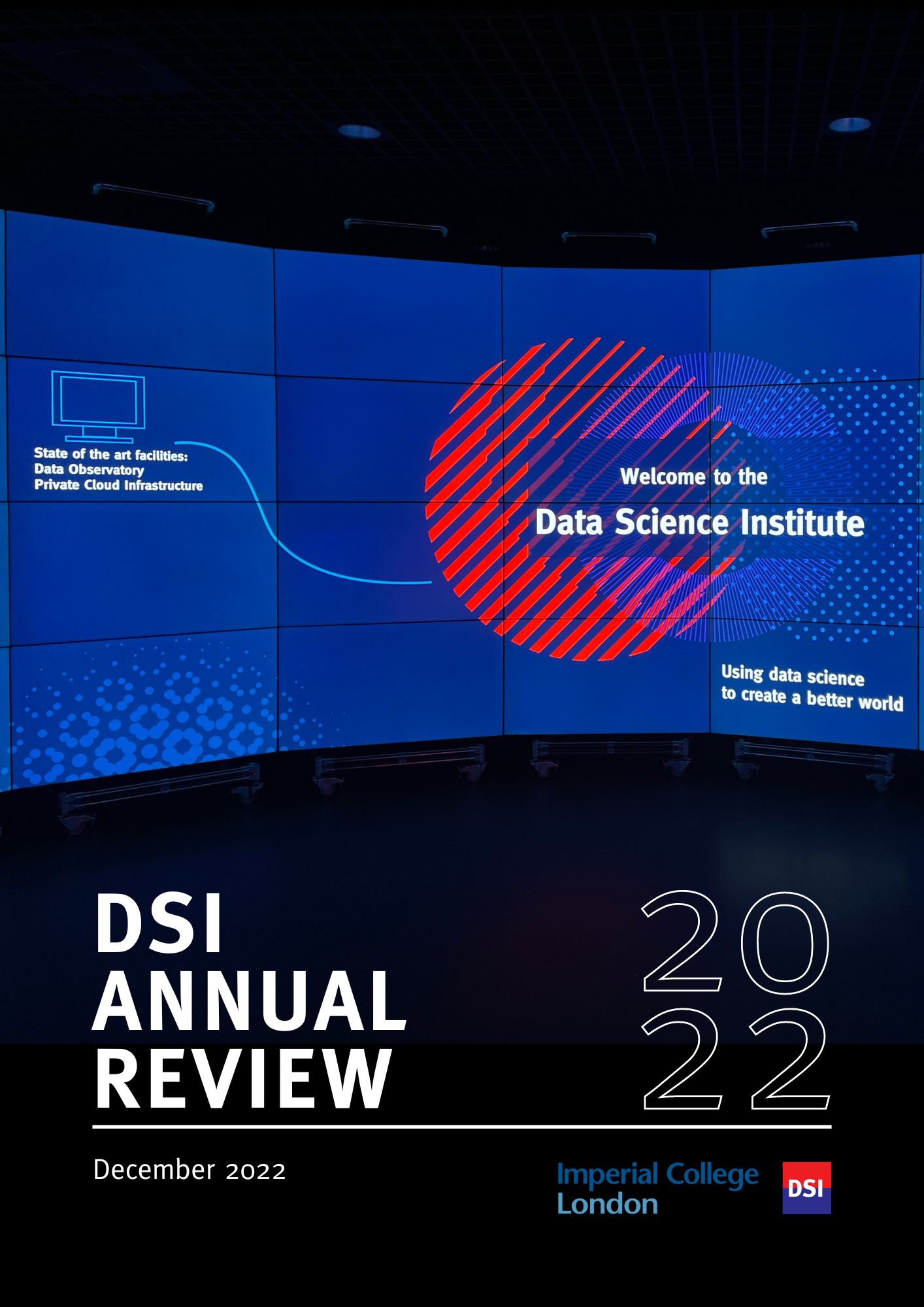BibTex format
@article{Bhuva:2019:10.1161/CIRCIMAGING.119.009214,
author = {Bhuva, AN and Bai, W and Lau, C and Davies, RH and Ye, Y and Bulluck, H and McAlindon, E and Culotta, V and Swoboda, PP and Captur, G and Treibel, TA and Augusto, JB and Knott, KD and Seraphim, A and Cole, GD and Petersen, SE and Edwards, NC and Greenwood, JP and Bucciarelli-Ducci, C and Hughes, AD and Rueckert, D and Moon, JC and Manisty, CH},
doi = {10.1161/CIRCIMAGING.119.009214},
journal = {Circulation: Cardiovascular Imaging},
pages = {1--11},
title = {A multicenter, scan-rescan, human and machine learning CMR study to test generalizability and precision in imaging biomarker analysis},
url = {http://dx.doi.org/10.1161/CIRCIMAGING.119.009214},
volume = {12},
year = {2019}
}
RIS format (EndNote, RefMan)
TY - JOUR
AB - Background:Automated analysis of cardiac structure and function using machine learning (ML) has great potential, but is currently hindered by poor generalizability. Comparison is traditionally against clinicians as a reference, ignoring inherent human inter- and intraobserver error, and ensuring that ML cannot demonstrate superiority. Measuring precision (scan:rescan reproducibility) addresses this. We compared precision of ML and humans using a multicenter, multi-disease, scan:rescan cardiovascular magnetic resonance data set.Methods:One hundred ten patients (5 disease categories, 5 institutions, 2 scanner manufacturers, and 2 field strengths) underwent scan:rescan cardiovascular magnetic resonance (96% within one week). After identification of the most precise human technique, left ventricular chamber volumes, mass, and ejection fraction were measured by an expert, a trained junior clinician, and a fully automated convolutional neural network trained on 599 independent multicenter disease cases. Scan:rescan coefficient of variation and 1000 bootstrapped 95% CIs were calculated and compared using mixed linear effects models.Results:Clinicians can be confident in detecting a 9% change in left ventricular ejection fraction, with greater than half of coefficient of variation attributable to intraobserver variation. Expert, trained junior, and automated scan:rescan precision were similar (for left ventricular ejection fraction, coefficient of variation 6.1 [5.2%–7.1%], P=0.2581; 8.3 [5.6%–10.3%], P=0.3653; 8.8 [6.1%–11.1%], P=0.8620). Automated analysis was 186× faster than humans (0.07 versus 13 minutes).Conclusions:Automated ML analysis is faster with similar precision to the most precise human techniques, even when challenged with real-world scan:rescan data. Assessment of multicenter, multi-vendor, multi-field strength scan:rescan data (available at www.thevolumesresource.com) permits a generalizable assessment of ML precision and may facili
AU - Bhuva,AN
AU - Bai,W
AU - Lau,C
AU - Davies,RH
AU - Ye,Y
AU - Bulluck,H
AU - McAlindon,E
AU - Culotta,V
AU - Swoboda,PP
AU - Captur,G
AU - Treibel,TA
AU - Augusto,JB
AU - Knott,KD
AU - Seraphim,A
AU - Cole,GD
AU - Petersen,SE
AU - Edwards,NC
AU - Greenwood,JP
AU - Bucciarelli-Ducci,C
AU - Hughes,AD
AU - Rueckert,D
AU - Moon,JC
AU - Manisty,CH
DO - 10.1161/CIRCIMAGING.119.009214
EP - 11
PY - 2019///
SN - 1941-9651
SP - 1
TI - A multicenter, scan-rescan, human and machine learning CMR study to test generalizability and precision in imaging biomarker analysis
T2 - Circulation: Cardiovascular Imaging
UR - http://dx.doi.org/10.1161/CIRCIMAGING.119.009214
UR - http://gateway.webofknowledge.com/gateway/Gateway.cgi?GWVersion=2&SrcApp=PARTNER_APP&SrcAuth=LinksAMR&KeyUT=WOS:000506593600006&DestLinkType=FullRecord&DestApp=ALL_WOS&UsrCustomerID=1ba7043ffcc86c417c072aa74d649202
UR - https://www.ahajournals.org/doi/10.1161/CIRCIMAGING.119.009214
UR - http://hdl.handle.net/10044/1/77165
VL - 12
ER -

